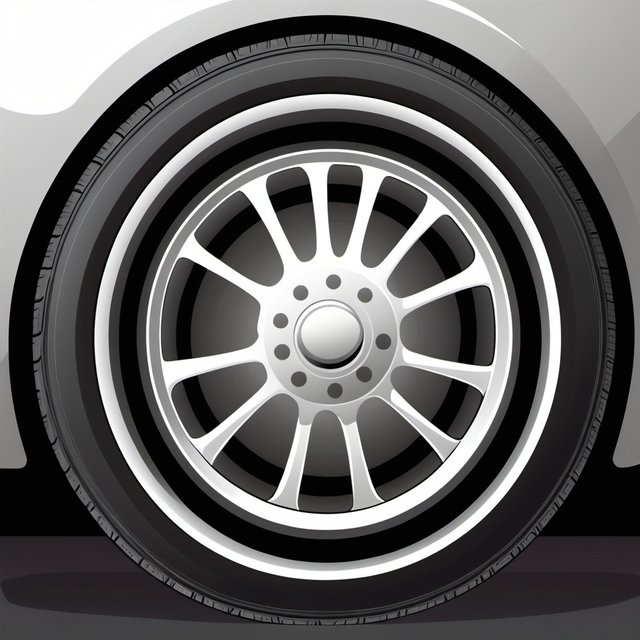Tire Air Pressure: When Should You Check It and Why Is It Critical?

Image: AI generated
All drivers are familiar with the need to occasionally fill their tires with air. But why is this important, and what exactly is tire air pressure?
What is Air Pressure?
Every tire has a specific air pressure level, representing the exact amount of air needed for optimal tire maintenance, extended tire lifespan, and even reduced fuel consumption. Most importantly, correct and accurate air pressure is equivalent to safer driving.
Air pressure is measured in PSI, which stands for Pounds per Square Inch. In most vehicles, the recommended air pressure for the specific vehicle model is displayed on a sticker on the driver’s side door.
When Should You Check Your Tire Pressure?
Most car manufacturers recommend a PSI between 32 and 35 when the tires are not hot, meaning after a rest period. While driving, the tires generate friction with the road, converting some of that friction into heat, which increases air pressure.
In fact, as driving distance, speed, and duration increase, so will the air pressure. For this reason, the best time to check tire pressure is after the tires have rested or at least after a short drive.
Where and How to Fill Air in Tires?
Nowadays, every gas station has an air pump for filling tires. It’s a simple process and usually free. In general, it’s a good idea to regularly check tire pressure. At least once a month, check the air pressure and fill the tires according to the manufacturer’s recommendation found on the door panel.
The Importance of Tire Pressure
Tires are the crucial link between the car and the road. As such, they must support the car’s weight, withstand strong torsional forces during turns, handle varying surfaces, perform well in both wet winter roads and hot summer roads, provide the necessary grip for braking, cornering, and direction changes, all while maintaining low noise levels and minimal particle emissions. All of these demands present a significant challenge for car tires. Proper tire pressure allows them to meet these challenges effectively.
Disadvantages of Low Tire Pressure
A tire with low air pressure cannot maintain its original shape and becomes flatter when in contact with the road. In a vehicle where the tires are inflated just 6 PSI below the recommended level, the tire tread’s lifespan may shorten by up to 25%. Low air pressure allows the tire to deform during operation, causing heat buildup, increased friction, and up to a 5% increase in fuel consumption. You might also notice a significant drop in steering precision and stability.
Disadvantages of High Tire Pressure
A tire with excess air pressure becomes stiffer, and its contact area with the road decreases. If tires are inflated just 6 PSI above the recommended level, they may be more easily damaged by road bumps or objects. Overinflated tires cannot absorb road bumps, making the ride feel stiffer. However, overinflating the tires can improve steering precision and handling up to a point, which is why race car drivers often use higher air pressure.
💰 TRX: TDLzbmw7YnHybCWA3B4KrHH2TbvU6QcBoG
@tipu curate